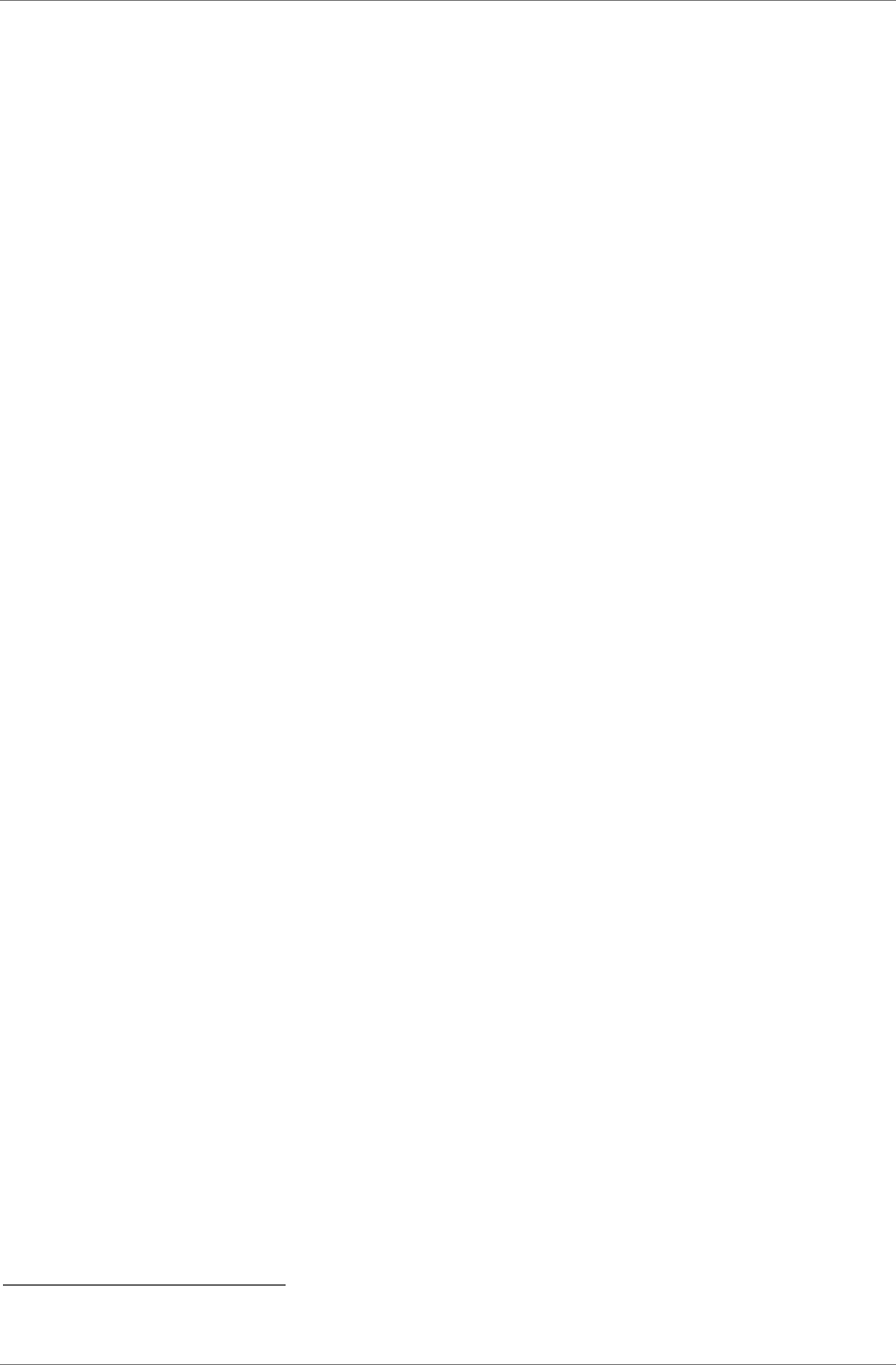
dCS 974 User Manual Manual for Software Version 1.0x
dCS Ltd May 2001
Manual part no: DOC1241121A1
Page 88
Document No: OS-MA-A0124-112.1A1
Contact
dCS
on + 44 1799 531 999 email to: more@dcsltd.co.uk
(inside the UK replace + 44 with 0) web site: www.dcsltd.co.uk
Message Handling
The dCS 974 strips the message information from the incoming data. The
message in the outgoing data is set using the AES Message Edit and SPDIF
Message Edit menus, located under the Sample Rate Conversion menu.
AES/EBU Message Handling
The AES3-1992 standard was written at a time when only 3 sample rates were
in common use in the audio industry. dCS started manufacture of ADCs
featuring 96 and 88.2 kS/s sample rates in 1993 and we have evolved
modifications to AES3-1992 which accommodate these innovations. These are
currently being considered by the AES.
The AES/EBU interface transmits a data structure that conforms to the dCS
version of AES3-1992. This contains 28 bits of Manchester encoded data, and a
4 bit near-Manchester encoded preamble in a subframe, and subframes are
further assembled in a block and frame structure. Each subframe contains:
• preambles, to allow the receiver to sync up
• up to 24 bits of audio data, transmitted lsb first
• V, a validity bit
• U, a user bit, for the "User Message"
• C, a Channel Status bit, for the "System Message"
• P, a parity bit
IMPORTANT!
The AES/EBU interface and the SPDIF interface have similar data
structures, although the messages are completely different. The two
structures are identified in the data domain by the use of the
Consumer/Professional bit (bit 1 in the message). A "1" indicates AES/EBU
format, a "0" indicates SPDIF format.
The default AES/EBU message attached to the output data by the unit before
being changed by the user is as follows:
Professional: On
Non-Audio: Off
Mode: Stereophonic
Source: DCS1
Destination: null
For more information on the way dCS implement the AES3 system message to
handle higher sample rates, see the Appendix to this manual. For the formal
definition of the AES3 interface, see footnote
25
, from the AES.
25
AES3-1992 (ANSI S4.40-1992) “AES Recommended practice for digital audio engineering – Serial
transmission format for two-channel linearly represented digital audio data”.


















